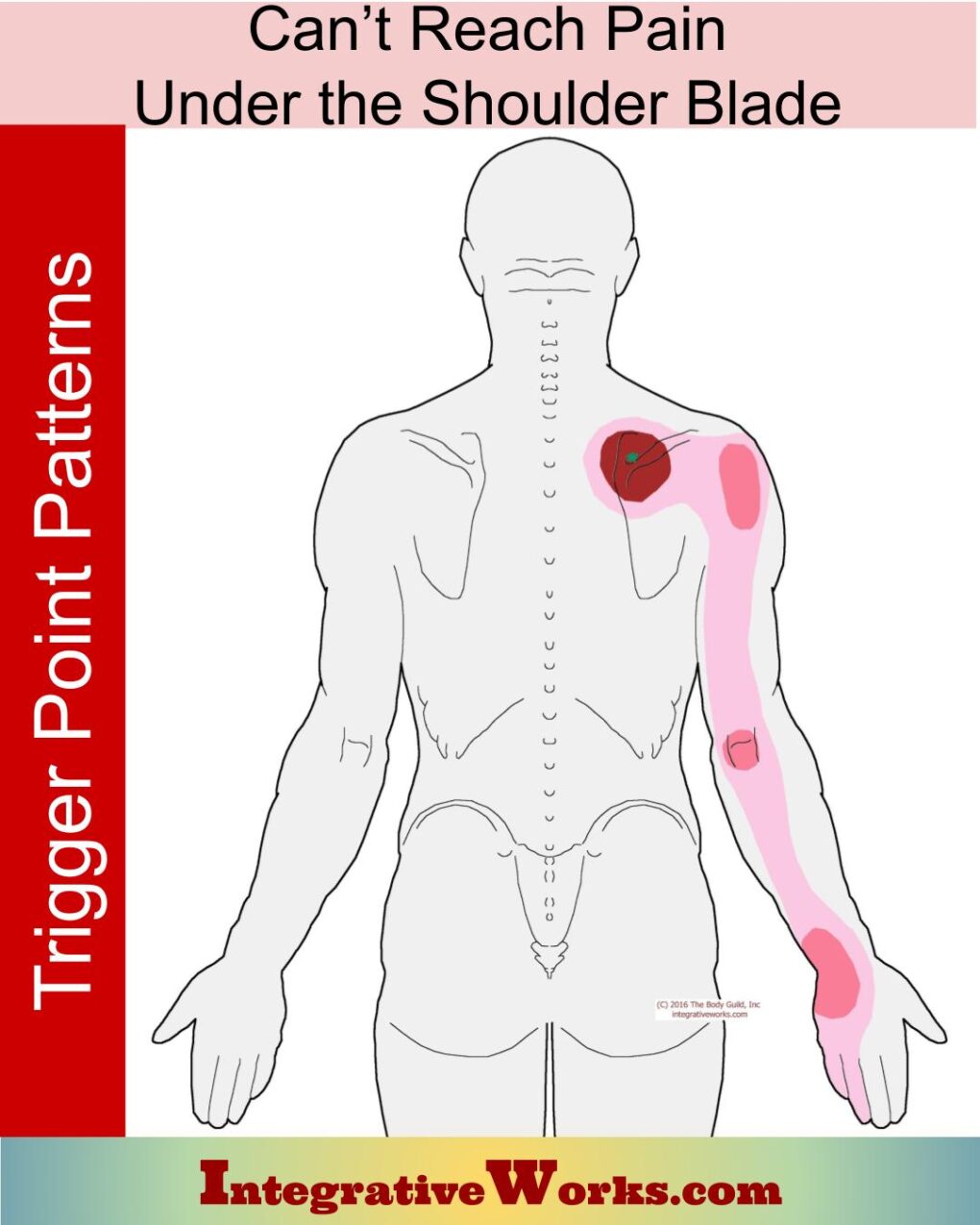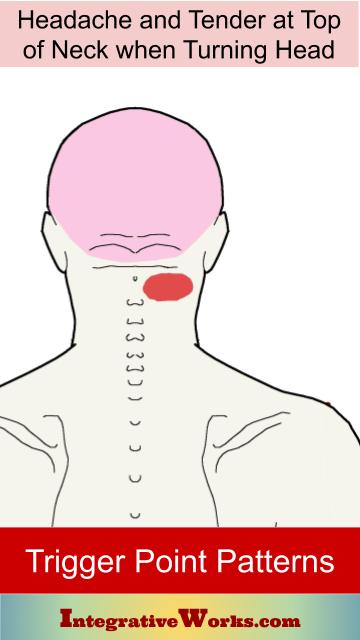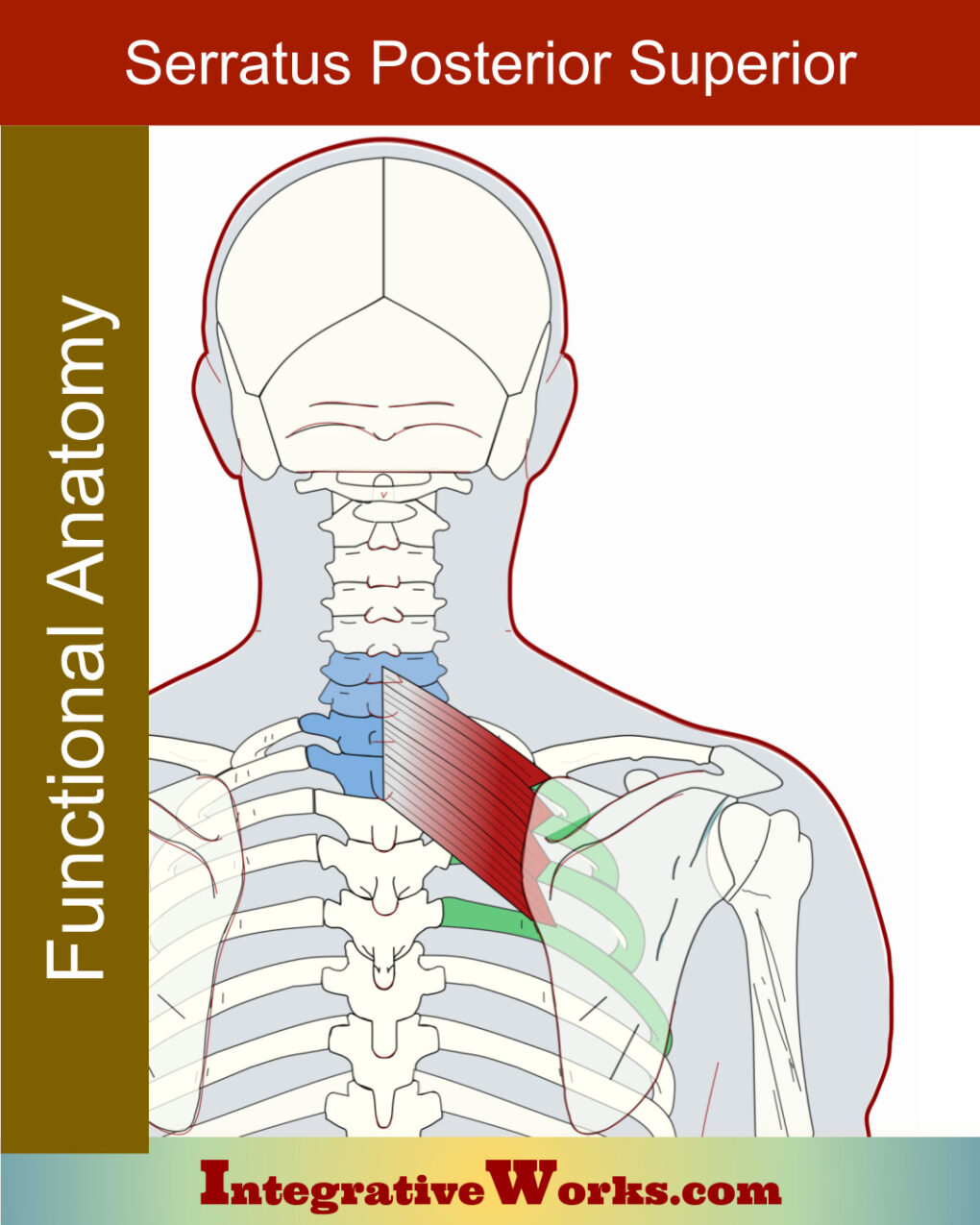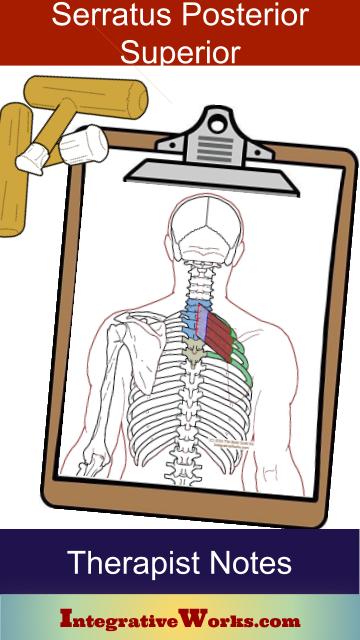Table of Contents
- How People Describe This Pain Pattern
- How You Activate and Intensify This Pain Pattern
- Self-Care – Getting Relief on Your Own
- Musculoskeletal Anatomy Behind Your Pain
- Therapy Notes for Massage and Bodywork
Want to skip ahead?
Here’s a link to my post about
getting relief on your own.
How People Describe This Pain Pattern
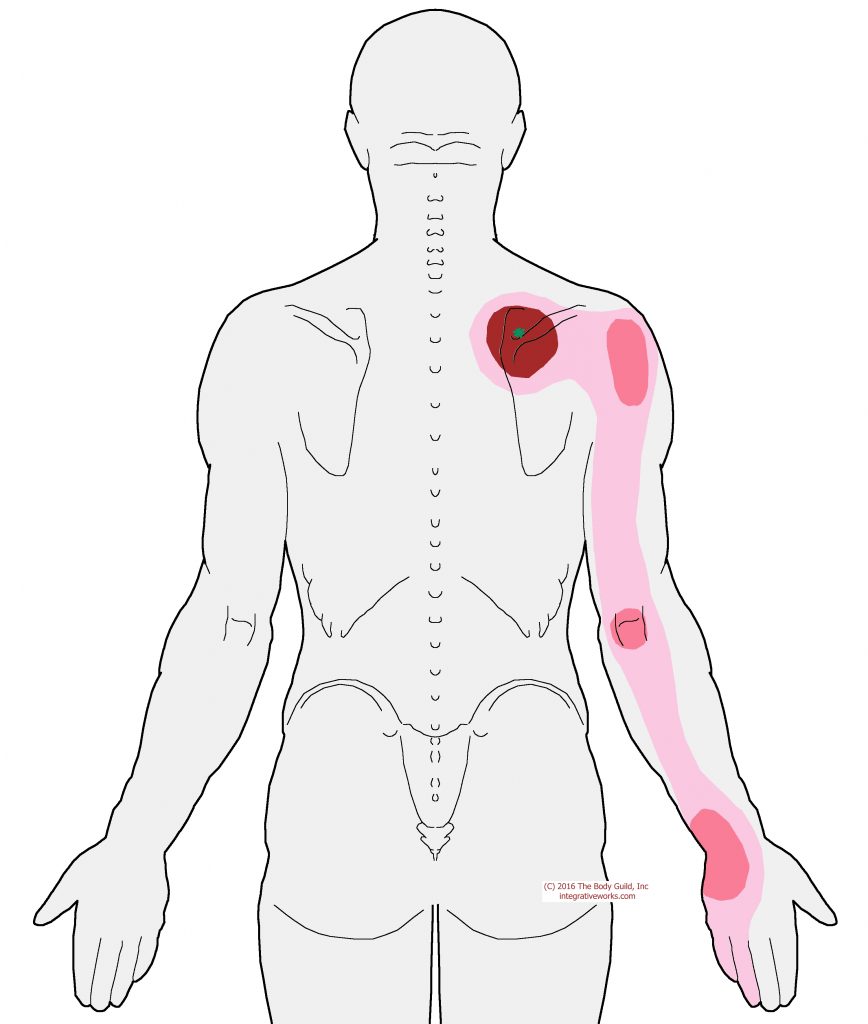
People complain of pain under the shoulder blade that they can’t reach. It aches fairly constantly. It is a bothersome ache that they can’t shake. They may get temporary relief from a hot shower or exercise. Sometimes, it becomes so vague, unreachable, and constant that they just ignore it. When that happens, and this trigger point continues to worsen, people begin to complain about elbow and wrist pain.
People may primarily complain about wrist pain as it bothers them when using a computer mouse. When I ask, They usually admit that they can’t reach the pain under the blade. Besides, it is a constant low-level ache, and they want to ignore it. They are focused on the wrist and are concerned about carpal tunnel. Moreover, this bothers them more sharply in their daily work. (there are several more common causes of wrist pain).
The elbow pain is seldom the primary complaint, but it happens. I remember a few of these cases in the beginning years. After working, I thought it was so unusual that shoulder work relieved elbow pain. Strangely, they never complained of shoulder pain.
It is usually combined with this pattern in the upper neck, which creates upper neck tension to go with the shoulder blade pain.
How You Activate and Intensify This Pain Pattern
This pattern becomes more active when the person reaches forward, and the shoulder-blade presses into the muscle as when reaching out while using the computer mouse or reaching out for the top of the steering wheel while driving.
This muscle, like scalene muscles, is overused in our culture of leaning forward for long periods while using our neck and shoulder to breathe. Sitting like this retrains the breathing process, binds joints in the upper spine, and creates chronic patterns. In addition, the change in breathing makes other activities, like exercising or sitting at dinner, achy and painful because of the shift in posture-related breathing patterns.
The Musculoskeletal Anatomy Behind Your Pain
Musculoskeletal Anatomy
This post on anatomy contains standard information about the origin, insertion, function, and innervation of muscles. Additionally, it includes information on functional considerations and anomalies.
Find Related Posts
Anatomy posts have a grid of all related posts. This includes posts on pain patterns, self-care, therapy notes, NMT protocols, cranial techniques, and cases.
Getting Relief on Your Own
Clinically Proven
Self-Care Strategies
This post has strategies for getting relief on your own. Explore how to change your activities, stretch, and other strategies that relieve the pain associated with this trigger point.
Therapy Notes for Massage and Bodywork
Better Bodywork
Through Shared Expertise
This post has techniques, tips, treatment routines, and anatomy illustrations to improve the bodyworker’s approach.
Support Integrative Works to
stay independent
and produce great content.
You can subscribe to our community on Patreon. You will get links to free content and access to exclusive content not seen on this site. In addition, we will be posting anatomy illustrations, treatment notes, and sections from our manuals not found on this site. Thank you so much for being so supportive.
Cranio Cradle Cup
This mug has classic, colorful illustrations of the craniosacral system and vault hold #3. It makes a great gift and conversation piece.
Tony Preston has a practice in Atlanta, Georgia, where he sees clients. He has written materials and instructed classes since the mid-90s. This includes anatomy, trigger points, cranial, and neuromuscular.
Question? Comment? Typo?
integrativeworks@gmail.com
Follow us on Instagram

*This site is undergoing significant changes. We are reformatting and expanding the posts to make them easier to read. The result will also be more accessible and include more patterns with better self-care. Meanwhile, there may be formatting, content presentation, and readability inconsistencies. Until we get older posts updated, please excuse our mess.

